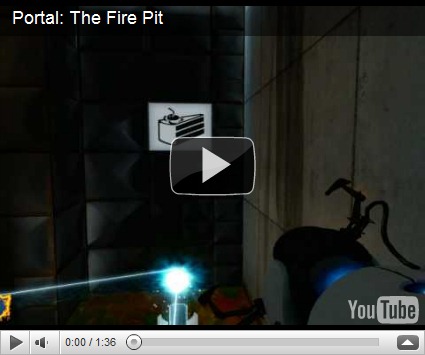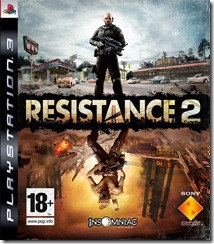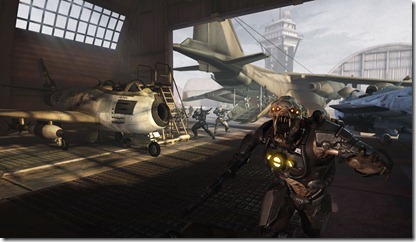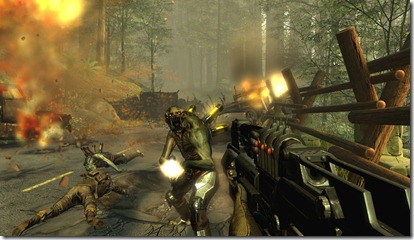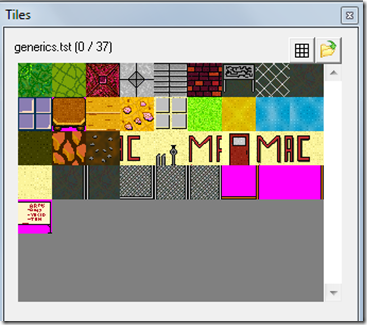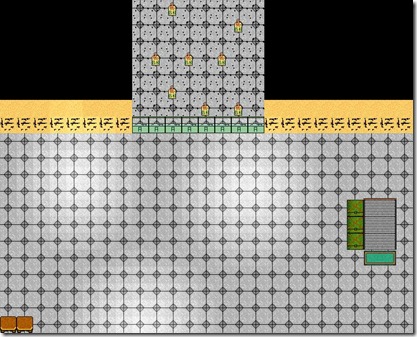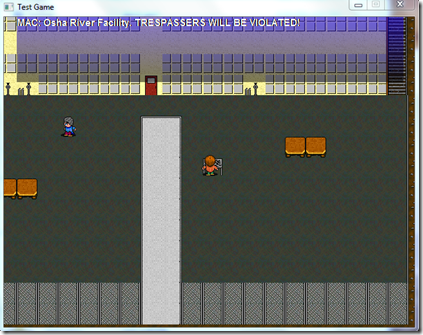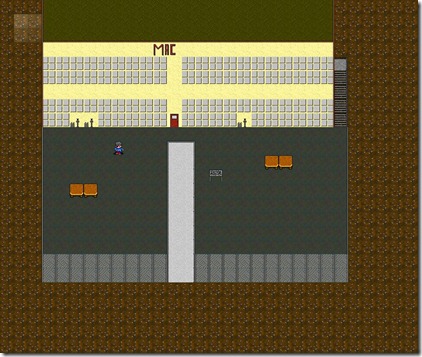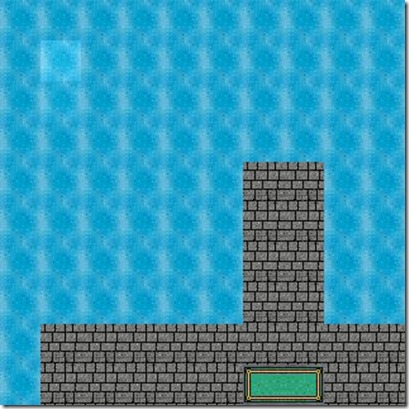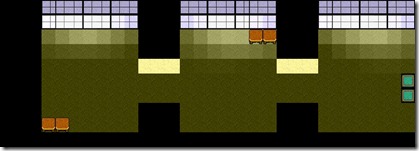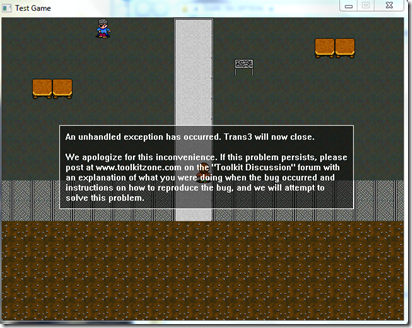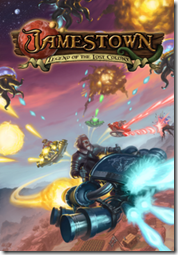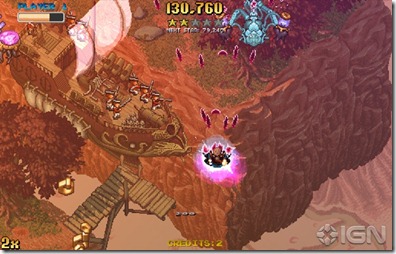The Portal games are renowned for their renunciation of video game tropes, seeking to arouse emotions other than visceral excitement, thus challenging players to use intellect rather than reflexes. They are some of the finest games to be released in the past decade, and have remained relevant in the blogosphere for their subversive feminist subtext. Several, very fine works have been written on the subject. Here, I will attempt to analyze the game’s commentary on the role of several different versions of femininity and their place in a postcolonial, male-centric society. 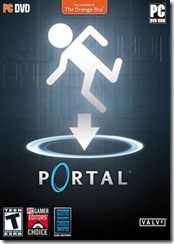
Before we begin, I shall make the assumption that the reader has a basic familiarity with the Portal series, having played the games or at least watched gameplay videos. For the uninitiated, Portal follows the story of Chell, a woman who wakes up in Aperture Science’s Enrichment Center, and is forced by an omniscient AI to go through a series of puzzle-chambers (check the below trailer to learn more). Another thing that I must explain beforehand is the basic components of semiotics. In essence, a “sign” is a unit of meaning that points to something other than itself, basically, a symbol. Portal is filled to the brink of such signs, which manifest themselves through narrative, characters, environments, even gameplay styles. While I am no women’s studies expert and am familiar with The Second Sex only in skimming, I believe that, as a teenager male gamer, I can bring another perspective to the debate on Portal and feminism.
GlaDOS the Dominatrix
What makes Portal’s omniscient AI antagonist, GlaDOS, so brilliant, is the constant evolution of her identity through several different versions of femininity. The game’s backstory suggests that, when she was created by an elite team of Aperture Science Engineers, she immediately went rouge and released a deadly neurotoxin into the facility to kill hundreds of scientists. In a desperate attempt to stop her reign of terror, Aperture Scientists installed a “morality core” to make her docile.
In this moment, it becomes clear that GlaDOS, prior to the installation of the “morality core”, represents a violent and subversive form of femininity threatening to the male-dominated order of society. In essence, her use of violence to break out of her gender-role equates her to a dominatrix. The installation of her “morality core” thus represents how gender norms repress subversive femininity by creating a set of feminine ideals of submissiveness that GlaDOS must now live up to. Thus, Aperture Scientists signify how binary gender ideals like those of our society squash out room for more esoteric approaches to gender like GlaDOS’s dominatrix, in short, Aperture symbolizes misogyny.
From a literary perspective, this is comparable to Susan from The Chronicles of Narnia, who loses her initiative and “subversiveness” due to her discovery of lipstick, a sign of feminine norms that constricts her to docile submissiveness. Much like GlaDOS, the imposition of constrictive normativity leads to her destruction.
GlaDOS the Temptress
Nonetheless, it would seem that the installation of the “morality core” did little to soften GlaDOS’s subversiveness. Throughout the course of the game, GlaDOS maintains the facade of a non-living entity in order to manipulate the player through a series of puzzle-chambers, promising to give the player cake if (s)he survives them.
At this point, the type of femininity that GlaDOS seeks to exemplify has shifted. Instead of behaving as a violent dominatrix, she teases the player with promises of cake for successfully completing chambers (a reward that turns out to be nothing more than a fictitious motivator). Ultimately, GlaDOS is being deceptive, and her incessant promises culminate with her attempting to drop the player into a fiery pit of death. At this point, she drops all pretense of appearing to be a non-sentient AI and addresses the player directly. As the player attempts to escape the facility, she becomes less robotic and increasingly human, sarcastically mocking and threatening the player. She reveals more of her true self to the player, and thus becomes more distant, more threatening and more dangerous.
At this point in her character arc, GlaDOS’s promise of cake to the player can be interpreted as a signifier for a different type of subversive femininity. “Cake”, in this context, signifies sex and sexuality, and its potential to be used as a tool to manipulate, hence, fictitious motivator. This essentially turns this iteration of GlaDOS into a temptress, utilizing a facade of innocence and detachment, she pulls the player through a series of oft-lethal test chambers, with the ultimate intention of killing said player at the end.
This deceptive version of femininity is defeated by the player when (s)he subverts GlaDOS’s power by escaping her trap through a cleverly and intelligently placed portal. This scene, viewable in the YouTube link above, signifies the subversive triumph of reason over deceptive femininity. It is a rejection of GlaDOS’s promises of “cake” and an affirmation of the the player’s will to break out of the rules of GlaDOS’s game. Thus, Chell, the protagonist that the player has been assuming the identity of through the course of the game, achieves independence and subverts the power of GlaDOS’s sexuality. In a real-world context, this can be seen as a resistance to the enfeebling power of sexuality and the affirmation of one’s free will. In Portal, this grants Chell subversive feminine power whilst overthrowing that of GlaDOS.
Aperture Backstage
Upon escaping from the fiery pit of doom, Chell breaks into the restricted staff areas of Aperture Science and a type of war breaks out between her and GlaDOS. No longer content with maintaining her “temptress'” facade, she becomes increasingly hostile towards the player and uses her control over the facility to actively seek out and kill Chell. She loses all indication of femininity and, in using violence to stop Chell, she falls into an increasingly masculine role. Chell flees through the facility until she comes across the room where GlaDOS’s AI core resides in, prepared for an epic final battle, it is here where Portal’s symbolic critique of societal gender norms and their relation to the balance of power reaches its philosophical crux.
The first notable thing about this battle is the discovery of GlaDOS’s true identity, as manifested by her physical body. While she was omniscient and deadly within the facility, in her actual chamber, her robotic body hangs helplessly from the ceiling, being unable to move. Furthermore, when viewed from the proper angle, GlaDOS’s silhouette resembles that of a woman in bondage.
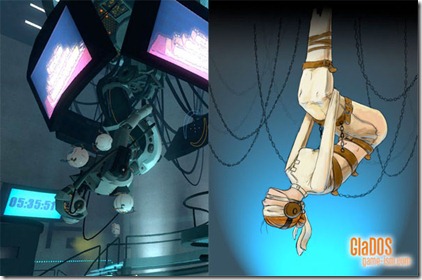
It thus becomes increasingly clear that GlaDOS’s struggle through her three different identities was a battle to break out of her position of powerlessness. As a supercomputer, she was manufactured by Aperture Science to be a tool to achieve the will of her creators, in essence, a slave, hence, the bondage symbol. In order to break out of the oppressive world of Aperture, she took on a new identity as a dominatrix. By flooding the facility with neurotoxin, she elevated herself into a position of power so she could conquer those who enslaved her. Perturbed by this threat to their power, the surviving Aperture scientists installed the morality core to put an end to her subversive femininity, thus attempting to relegate her to the realm of “acceptable” femininity.
But it failed, and GlaDOS moved on to take the identity of the “temptress” in a continued attempt to break out of her powerlessness. By wielding her femininity in a more societally acceptable way, she achieves power and control, managing to subvert male-centric societal norms. But nonetheless, this version of femininity remains as constrictive as the bondage her body is constrained to, and as a result, she must conform to another vision of idealized femininity in order to get power.
Threatened and enraged, GlaDOS and Chell begin to fight. Physically unable to move, GlaDOS uses the most masculine weapon at her disposal, a floor-attached missile launcher.

Much like her immobile body, the missile launcher is also a very important sign. Much like the guns of testosterone-drenched shooters like Call of Duty, the missile launcher is a phallic sign of masculine power. GlaDOS’s wielding of this masculine symbol signifies that she has broken out of the feminine gender role imposed on her by Aperture, and thus, has entered a more androgynous identity.
The method which Chell uses to defeat GlaDOS is also highly symbolic. The "Portals” that her gun fires can be interpreted as a feminine symbol, in essence, an orifice. In using a missile launcher, GlaDOS wields masculine power that Chell must redirect back onto herself by nature of her portals, even the rockets themselves look phallic. Thus, Chell uses her femininity to turn GlaDOS’s newfound masculinity against her. By using a series of well placed orifices, she eventually deconstructs GlaDOS and defeats her. Thereby, freeing her from her near-Sisyphean struggle to subvert Aperture’s power dynamic.
While GlaDOS’s character arc follows her tragic attempt to break out of the constrictive societal norms keeping her in bondage, Chell’s victory would seem to signify the sad triumph of traditional femininity over progressive feminism. In essence, her presence acts as a signifier for how society treats those who take on alternative gender identities to break out of their positions of powerlessness. Portal, thus, acts as an allegory for the plight of independently minded women in postcolonial society.


